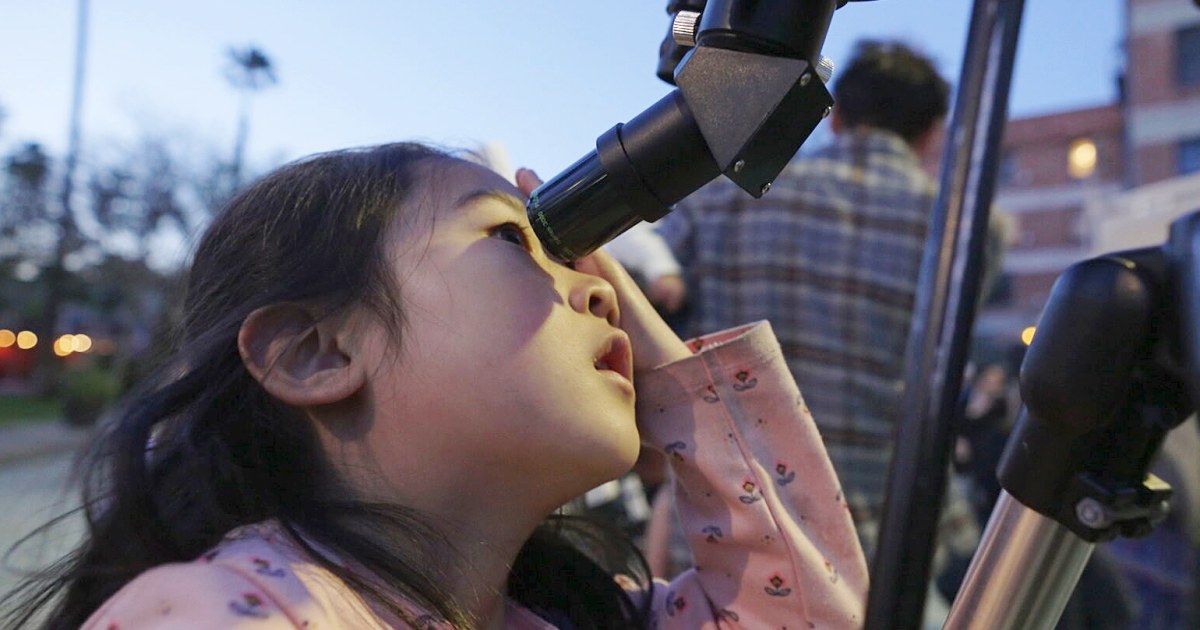
International Geophysical Year
International Geophysical Year (IGY) was a global scientific collaboration that lasted from July 1957 to December 1958. It was an effort to gather data about the Earth and its environment, including the atmosphere, oceans, and polar regions. The IGY involved scientists from 67 countries who set up research stations around the world to conduct experiments and collect data. The IGY was a significant milestone in the history of space exploration, as it led to the launch of the first artificial satellite, Sputnik 1, by the Soviet Union in 1957. The IGY also led to the establishment of the Antarctic Treaty System, which regulates international relations with respect to Antarctica, and the creation of the World Data Center system, which archives and distributes scientific data.
Your Previous Searches
Random Picks
- Effective Dose: Effective dose is a measure of the overall harm caused by ionizing radiation to the human body. It takes into account the type of radiation, the amount of radiation absorbed by each organ, and the sensitivity of each organ to radiation. Eff ... Read More >>
- Emergency Response Training: Emergency Response Training is the process of preparing individuals to respond to emergency situations in space and astronautical engineering context. This training includes learning how to identify potential emergencies, how to respond to ... Read More >>
- Alloys: In space and astronautical engineering, alloys refer to metallic materials composed of two or more elements, at least one of which is a metal. Alloys are used extensively in the construction of spacecraft and their components due to their d ... Read More >>
Top News

Easter's date remains divisive. Some church leaders want that to change...
Eastern and Western churches will celebrate Easter on the same day this year, while marking 1,700 years since the Council of Nicaea unified Christian doctrine...
News Source: ABC News on 2025-04-19

In a city of stars, Los Angeles astronomy club makes sure to keep looking up...
LOS ANGELES — While Los Angeles is home to the biggest stars in the world, a monthly get-together is proving that the city’s rich and famous have nothing on the universe....
News Source: NBC News on 2025-04-18

This week on "Sunday Morning" (April 20)...
A look at the features for this week's broadcast of the Emmy-winning program, hosted by Jane Pauley....
News Source: CBS News on 2025-04-17

Scientists detect strongest hints yet of life on a distant planet...
Scientists have detected unique chemical patterns similar to those produced by the Earth's algae and seaweed — raising the possibility of the presence of a warm ocean, perhaps teeming with life, on ...
News Source: NBC News on 2025-04-17

Is there life on another planet? Scientists find the strongest evidence yet...
Near a planet far, far away astronomers have found traces of chemicals that on Earth are only produced by living beings....
News Source: Al Jazeera English on 2025-04-17